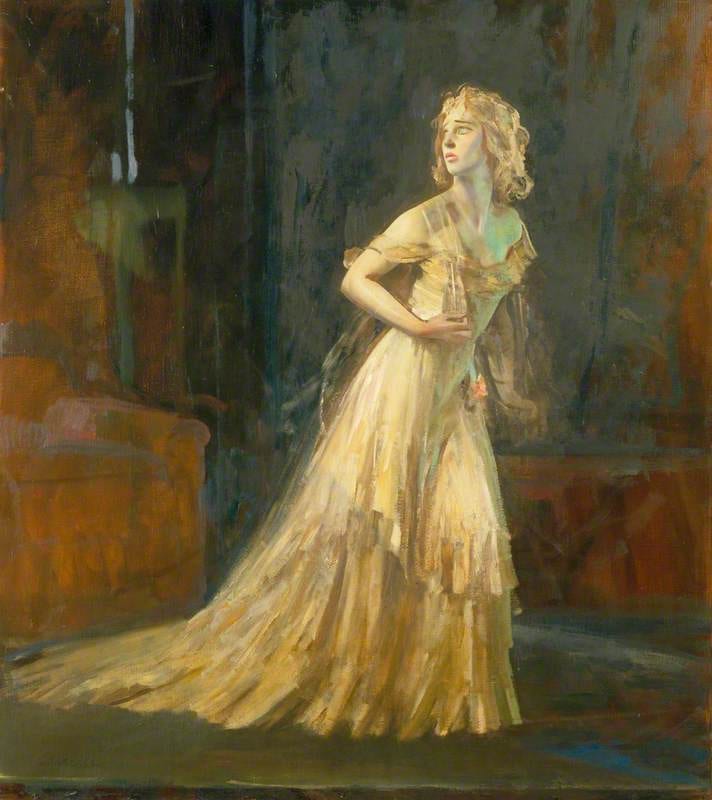This is an excerpt from my Researched Critical Analysis essay on Anne Sexton’s “Briar Rose” and how her work on Sleeping Beauty parallels her childhood. Both she and her character go through sexual assault by a parent, which affects them by having to live their life with mental illness.
❆
Hundreds of years ago, many fairy tales included unpleasant situations that were normalized back then but would now be seen as horrifying to a reader. Mentions of pedophilia, murder, gruesome details of physical pain, and much more in their stories. Even in some versions of Sleeping Beauty, the young girl is taken advantage of while she sleeps by being kissed consensually or even being raped and forced to have kids. Anne Sexton writes a new spin on this fairy tale in her work “Briar Rose (Sleeping Beauty)” from Transformations. Where Briar Rose is a young girl who is cursed to sleep for a hundred years. She is awakened by a kiss from a Prince and marries him, but she doesn’t live happily ever after. She develops insomnia and fears that at any moment she will become a prisoner to sleep again, powerless to wake herself up. Some people view Anne Sexton’s “Briar Rose” as nothing more but a different approach to the fairy tale of sleeping beauty or awareness of sexual assault. However, not many realize that this can be interpreted as Sexton’s experience with incestual sexual abuse because of the many parallels Sexton’s life has to her work in “Briar Rose”.
❆
To read more: Does the Famous Sleeping Beauty Have Implications of Incest? by Sherlyn Zhicay



